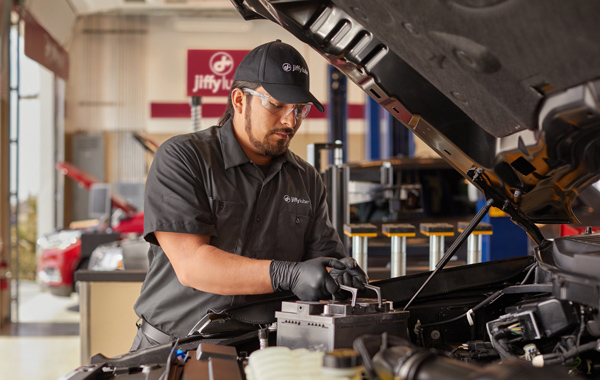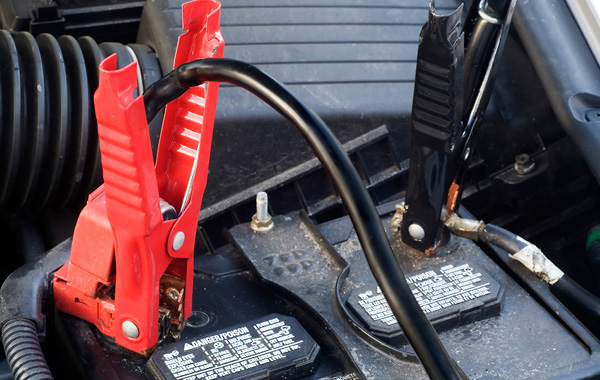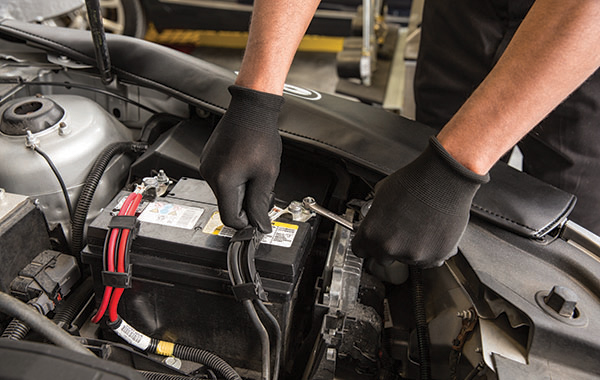Over time, vehicle batteries deteriorate. As a result, yours will become less and less effective until it no longer has enough power to crank your car one day. Hopefully, you aren’t left stranded when the issue occurs, but that has been known to happen. For example, you run inside a store to pick up a few things, and when you return, the engine won’t turn over. Instead, all you hear is a click, click, and click because the battery is dead.
The point is that you can’t always stop mishaps, and you’ll probably need a battery replacement at some juncture in your life. However, you should also practice car battery maintenance to ensure your battery gives you all that it has to give. Regardless of which step you’re on, these car battery maintenance and replacement tips may make it easier.
Clean the Posts and Cables
Have you ever looked under your hood and seen greenish or whitish corrosion on the battery posts and cables? This is usually caused by toxic liquids or vapors escaping from the battery. Then powdery corrosion forms once they touch the cables or posts. You should do your best to clean this substance as needed because it could cause engine misfires. Before starting, be sure to suit up with safety goggles, gloves, and other protective gear so that you don’t get hurt.
Now, place a tablespoon of baking soda on the corrosion. Then pour a cup of water over the top of it. Next, use a nonmetallic brush to wipe away the buildup. After that, it’s time to remove the battery terminals. Use a post cleaner to clean the post and cables.
Refill With Distilled Water
Don’t reattach everything quite yet. First, check the electrolyte level part of your car battery maintenance routine. This is not necessary for maintenance-free batteries, so if you have one of them, don’t try this at home. Gently pry off the covers of the battery cell. You may be able to do this by hand or with a flat-head screwdriver. Look inside the fill holes to determine the battery’s electrolyte level.
It should be about 1/2-inches deep or just to the bottom of the fill holes. If the level isn’t that, you can add distilled water to the holes, being careful not to overfill, to replenish it. This tip may help extend your battery’s life and keep a replacement at bay, at least for a while.
Signs That Suggest You Need to Take Action
Be on the lookout for visible cracks in the battery’s housing. If fissures are present and acid is leaking, it’s time for a replacement. You may even want to replace the battery even if there is no leakage because it could just be a matter of time before it starts. Or, if your headlights seem dim until you hit the gas, making the bulbs illuminate brighter, it might be time for a car battery maintenance service.
What about your starter? Does it drag and not turn over fast enough to crank the engine? That could be a sign of battery failure. Contact your local Jiffy Lube to schedule a professional car battery maintenance or replacement service today.






